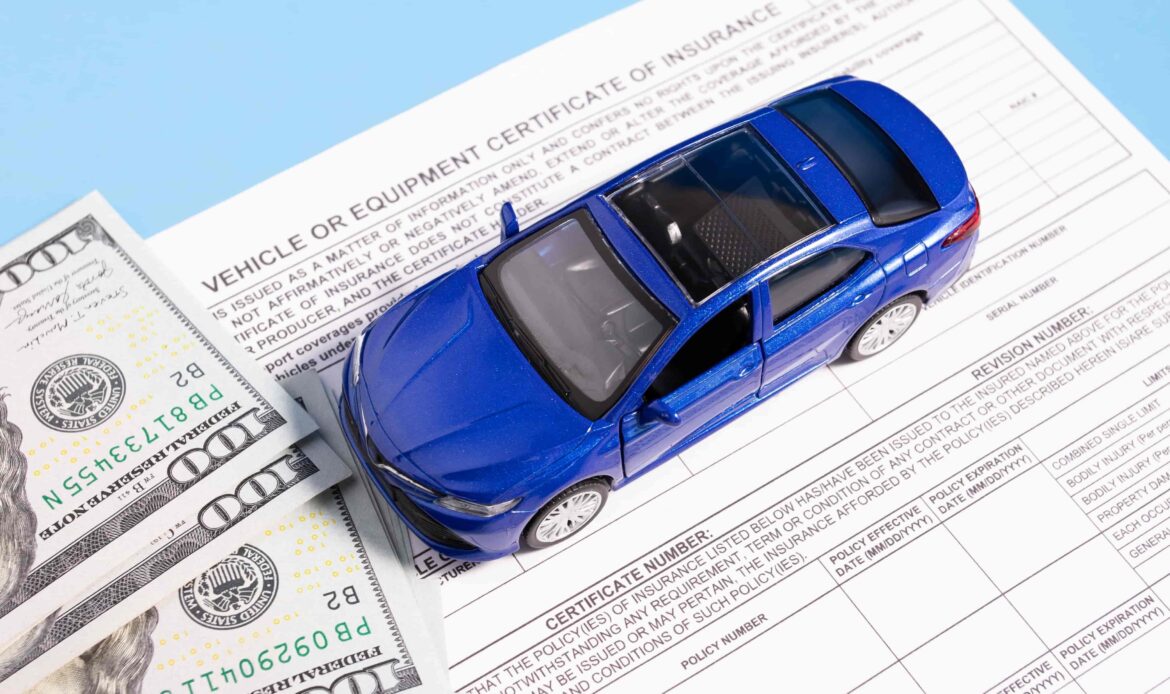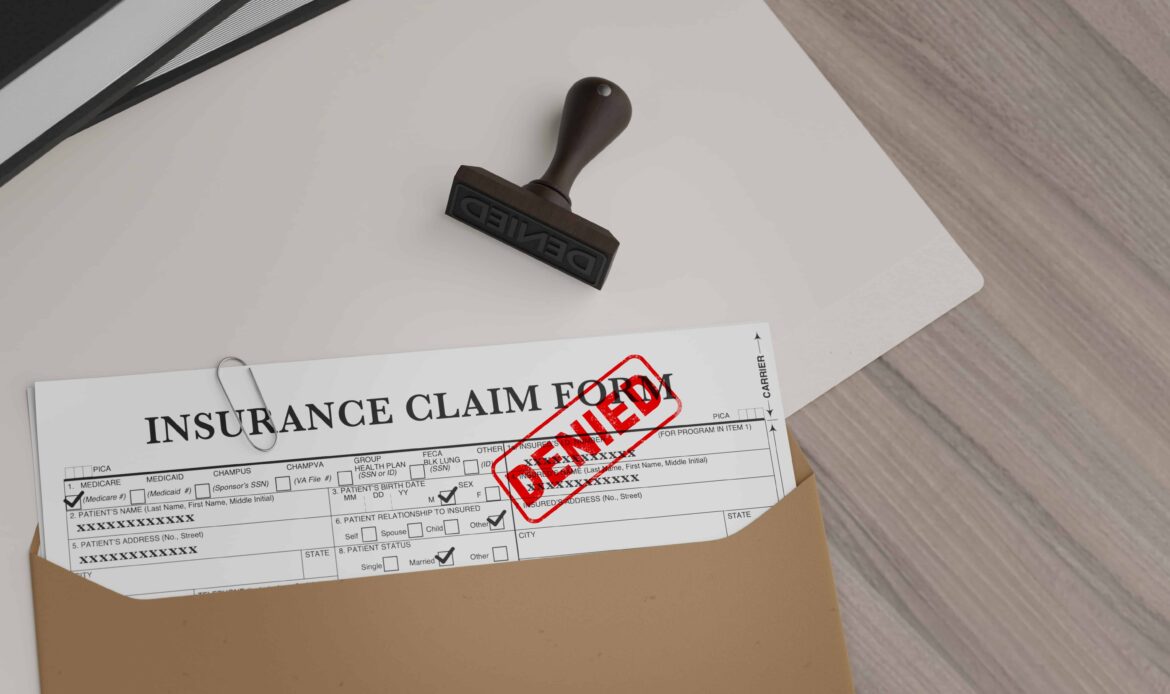When you’ve been injured in a car accident, getting fair compensation for your injuries and property damage begins with understanding how to file a car accident claim. This process involves dealing with insurance companies, which can feel like a significant challenge when you should be focused on healing. But with the right information, you can approach the situation with confidence and clarity, and begin getting your life back on track.
Key Takeaways about How to File a Car Accident Claim
- Filing a car accident claim involves notifying the appropriate insurance companies and providing detailed documentation about the incident.
- A claimant must understand the difference between first-party claims (with their own insurer) and third-party claims (with the at-fault driver’s insurer).
- Evidence, including police reports, photos, medical records, and witness statements, is fundamental to building a strong claim.
- State laws, such as the statute of limitations, set strict deadlines for filing a lawsuit related to a personal injury claim.
- Communication with insurance adjusters requires caution, as their primary goal is often to minimize the insurance company’s payout.
- An insurance company’s initial settlement offer is not final, and it is possible to negotiate for a more appropriate amount.
The First Steps After a Car Crash
After the initial shock of an accident wears off, your focus should be on your well-being. Once you’ve returned home and have seen a doctor, it’s time to get organized. Taking a few proactive steps can set a strong foundation for the car accident claim process and protect your rights. This isn’t about jumping into a fight; it’s about methodically gathering the information you’ll need to demonstrate what happened and what you’ve lost.
Here are a few things you can do from the comfort of your home to prepare:
- Create a Central File: Gather everything related to the accident and put it in one place, whether it’s a physical folder or a digital one on your computer. This includes the police report, the other driver’s information, photos you took at the scene, and any receipts for out-of-pocket expenses like prescriptions or a rental car.
- Start a Recovery Journal: Document your journey to recovery. Each day, make a note of your pain levels, the ways your injuries affect your daily activities (like being unable to lift groceries or play with your kids), and any appointments with doctors or physical therapists. This journal can become a powerful tool for showing the real-life impact of the accident.
- Review Your Insurance Policy: Take a moment to read through your own auto insurance policy. Understand your coverage limits, including Personal Injury Protection (PIP) or Medical Payments (MedPay) coverage, which can help pay for your initial medical bills regardless of who was at fault.
These initial organizational steps can bring a sense of control to a situation that may feel chaotic and help you prepare for the conversations ahead.
Understanding Who to File a Claim Against
In Texas, determining where to file your claim depends on who was responsible for the collision. Texas is an “at-fault” state, which means the driver who caused the accident is responsible for paying for the damages through their insurance company. This is a key concept that directs the entire claim process.
Your main options are generally filing a first-party claim or a third-party claim. A first-party claim is one you file with your own insurance company to use your own coverage, like collision coverage for vehicle repairs or PIP for medical bills. A third-party claim is filed directly with the other driver’s insurance company. You do this when the other driver’s negligence caused the accident.
Negligence is a legal term that simply means someone failed to act with a reasonable level of care—like texting while driving or running a red light—and that failure caused you harm. Most car accident claims that involve injuries are third-party claims aimed at holding the at-fault driver’s insurance accountable for your losses.
What Information Do You Need to File a Car Accident Claim?

When you initiate a claim, the insurance adjuster will ask for a significant amount of information. Being prepared with well-organized documentation can make the process smoother and demonstrate that you are serious about your claim. The more detailed and complete your information is, the harder it is for an insurer to dispute the facts.
Think of it as building a comprehensive story of the accident and its effects on your life. Here is a checklist of the essential information you’ll need:
- Your Personal Details: Your full name, address, phone number, and email.
- Accident Facts: The date, time, and specific location of the crash. Being precise, like “the intersection of South Congress Avenue and Riverside Drive in Austin,” is more helpful than a vague description.
- The Other Party’s Information: The full name, address, phone number, driver’s license number, and insurance policy information for all other drivers involved.
- Official Police Report: The report number and the name of the law enforcement agency that responded (e.g., Austin Police Department, Texas Highway Patrol). This report contains the officer’s initial findings and is a crucial piece of evidence.
- Proof of Damages:
- For your vehicle: Photos of the damage from multiple angles and at least one or two repair estimates from reputable body shops.
- For your injuries: All medical records related to the accident, including hospital bills, doctor’s notes, physical therapy records, and receipts for medications.
- Proof of Lost Income: A letter from your employer or pay stubs showing the time you missed from work and the wages you lost because of your injuries.
Keeping these documents organized and readily accessible will help you present a clear and coherent picture of events when you speak with the insurance company.
Dealing with the Insurance Adjuster
Soon after you file a claim, you will be contacted by an insurance adjuster. It’s important to remember that the adjuster works for the insurance company, not for you. Their job is to evaluate your claim and resolve it for the lowest possible amount to protect their company’s bottom line. While they may sound friendly and helpful, you should proceed with a degree of caution.
Your conversations with the adjuster are a critical part of the process. Here are some pointers for managing these interactions effectively:
- Stick to the Facts: When you speak with the adjuster, provide only factual information about the accident. Do not guess, speculate, or offer opinions about who was at fault or the severity of your injuries. Simple, direct answers are best.
- Decline a Recorded Statement (For Now): The adjuster will likely ask you to provide a recorded statement. You are not legally obligated to do so, and it is often wise to decline until you have had a chance to consult with a personal injury lawyer. These statements can be used to find inconsistencies in your story later.
- Communicate in Writing: Follow up any phone conversations with an email summarizing what was discussed. Having a written record of all communications can prevent misunderstandings and provide valuable documentation if a dispute arises.
- Don’t Rush into a Settlement: Insurance companies often make a quick, low settlement offer to close a case before the full extent of your injuries and damages is known. It can be tempting to accept fast cash, but doing so usually requires you to sign away your right to any future compensation, even if your medical condition worsens.
Managing communication with the adjuster carefully is a key part of protecting your right to fair compensation for everything you have endured.
Calculating the Value of Your Car Accident Claim

One of the most complex parts of a claim is determining what it’s actually worth. It’s more than just adding up the bills you have today. A fair settlement should cover all of your losses, both current and future, that resulted from the accident. These losses, called “damages” in the legal world, are typically separated into two main categories.
Economic Damages
These are the tangible financial losses that can be calculated with bills, receipts, and invoices. They include:
- Medical Expenses: This covers everything from the initial ambulance ride and emergency room visit to ongoing physical therapy, future surgeries, and prescription medications.
- Lost Wages: If you were unable to work while recovering, you can claim the income you lost. This also includes any reduction in your ability to earn money in the future if your injuries are long-term or permanent.
- Property Damage: This is the cost to repair or replace your vehicle and any other personal property that was damaged in the crash, such as a laptop or cell phone.
Non-Economic Damages
These damages are more subjective because they compensate you for the non-financial ways the accident has impacted your life. Though they don’t come with a price tag, they are very real losses. They include:
- Pain and Suffering: This refers to the physical pain and discomfort you have experienced due to your injuries.
- Emotional Distress: This can include anxiety, depression, fear, and sleep loss resulting from the traumatic event.
- Loss of Enjoyment of Life: If your injuries prevent you from participating in hobbies, activities, or family life that you previously enjoyed, you may be compensated for this loss.
Because calculating non-economic damages is so complex, this is an area where the assistance of an experienced legal professional can be particularly valuable in ensuring nothing is overlooked.
Understanding Texas’s Statute of Limitations
In any legal matter, deadlines are incredibly important. For personal injury cases in Texas, there is a critical deadline known as the statute of limitations. This is a law that sets a strict time limit on your right to file a lawsuit to seek compensation for your injuries.
In Texas, you generally have two years from the date of the car accident to file a lawsuit. If you fail to file a lawsuit within this two-year window, the court will almost certainly refuse to hear your case, and you will lose your right to pursue compensation forever, no matter how strong your claim is. This deadline is one of the main reasons why it’s important not to delay in seeking guidance after a crash..
What Happens If Your Claim is Denied?

Receiving a letter from an insurance company denying your claim can be disheartening, but it is not necessarily the final word. Insurance companies deny claims for a variety of reasons, and some of those reasons can be challenged.
Common reasons for claim denial include:
- A Dispute Over Fault: The insurer may argue that their policyholder was not responsible for the accident.
- A Policy Lapse: The at-fault driver’s insurance policy may not have been active at the time of the crash.
- Doubts About Your Injuries: The adjuster may claim your injuries were not caused by the accident or are not as severe as you say.
If your claim is denied, you have the right to appeal the decision. This involves sending a formal letter to the insurance company outlining why you believe their denial was incorrect and providing any additional evidence to support your position. If the appeal is unsuccessful, the next step may be to file a lawsuit. An unfair denial is often the point where many people decide it’s time to get legal help to fight for the compensation they deserve.
Filing a Car Accident Claim FAQs
Here are answers to some common questions people have about the car accident claim process.
What if the at-fault driver is uninsured or underinsured?
If the at-fault driver has no insurance or not enough to cover your damages, you may be able to file a claim with your own insurance company through your Uninsured/Underinsured Motorist (UM/UIM) coverage. This is an optional but highly recommended part of any Texas auto insurance policy.
How long does it take to settle a car accident claim?
The timeline for a car accident claim varies widely. A simple claim for property damage might be resolved in a few weeks. However, a claim involving serious injuries could take many months or even more than a year to settle, as it’s often best to wait until you have reached maximum medical improvement to know the full extent of your damages.
What is a “demand letter” in a car accident claim?
A demand letter is a formal document sent to the insurance company that officially starts settlement negotiations. It outlines the facts of the accident, details your injuries and medical treatment, presents the full amount of your economic and non-economic damages, and makes a specific monetary demand for settlement.
Slingshot Law: Let Us Handle the Fight
The time following a car accident should be about one thing: your recovery. Dealing with insurance paperwork, adjusters, and legal deadlines can add a heavy burden to an already difficult period. You took the first step by learning about how to file a car accident claim, and now you know that the process requires careful attention to detail.
At Slingshot Law, we believe that every person is entitled to a fair fight. Our team is founded on a sense of duty to help people when they are facing long odds against powerful insurance companies. If you’ve been injured in Austin or Grand Junction, we want to be the game-changing weapon in your battle. Let us handle the claim process so you can focus on what truly matters.
Contact Slingshot Law today at (866) 647-1311 or through our online form for a free, no-obligation case review with our experienced personal injury lawyers.

